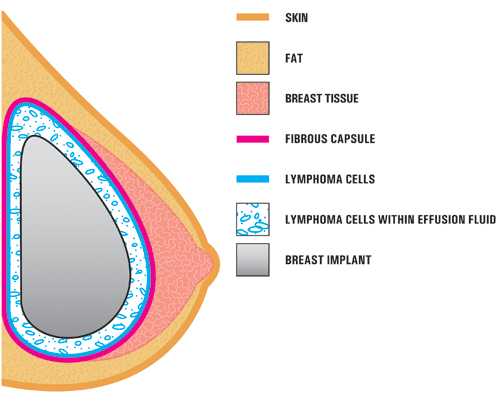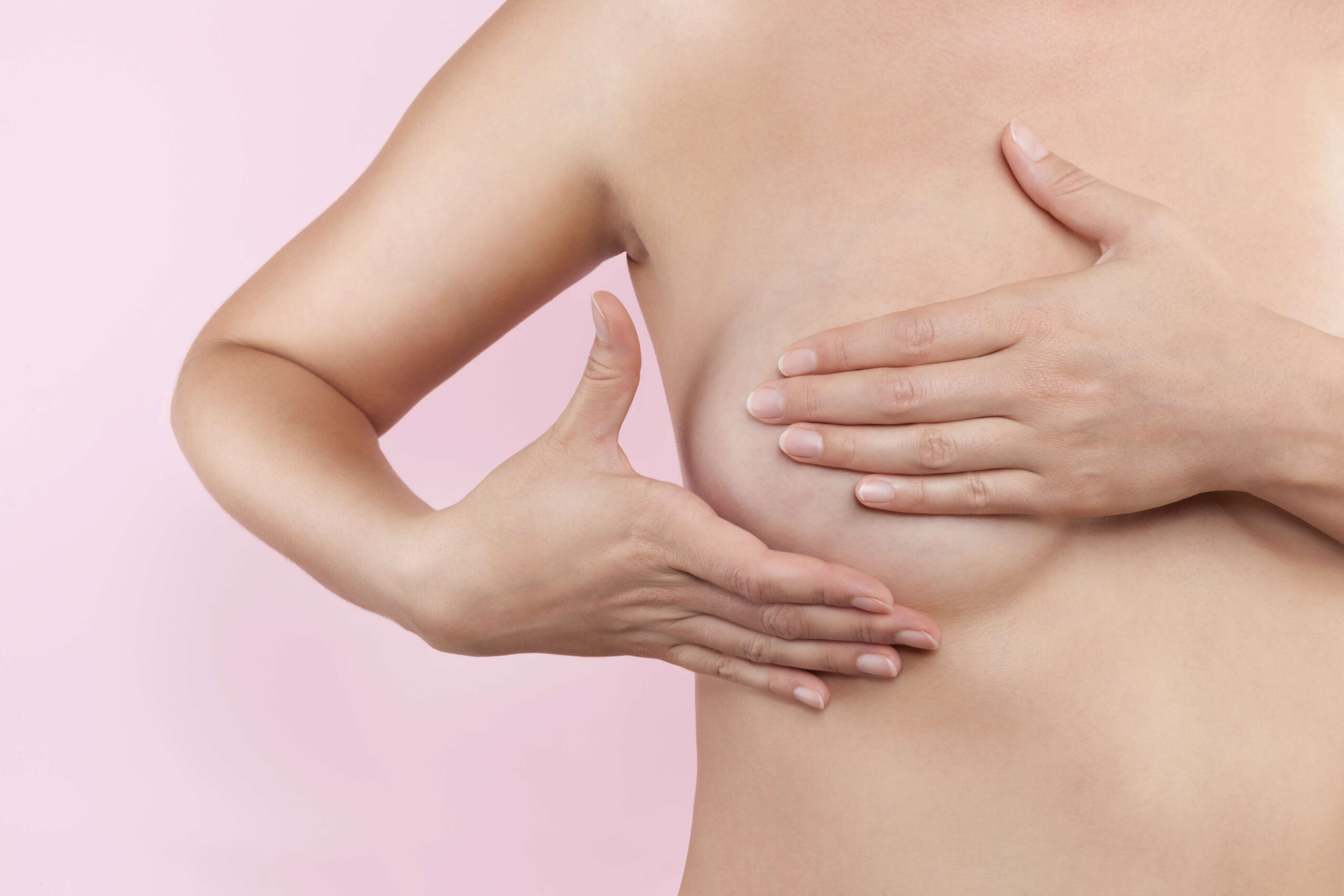The development of capsular contracture is a nightmare for women who have had breast augmentation surgery. The breasts feel hard and shift position causing them to look lopsided. In extreme cases, it might also cause a lot of discomfort and pain.
WHAT IS CAPSULAR CONTRACTURE

When the fibrous capsule tightens and squeezes the implant, capsular contracture occurs.
Anybody can develop capsular contracture, but according to many authors, the occurrence rates are usually about 5%-8% of women with breast augmentation.
SIGNS OF CAPSULAR CONTRACTURE
Although capsular contracture usually happens anytime after a breast augmentation, most instances occur in the first few months following the procedure.
The signs of capsular contracture commonly appear gradually and may first be experienced by it being firmer than usual. As the hardening intensifies, the breast may look misshapen and even painful. The breast can also appear round and shift higher up the chest while visible rippling appears. (Read more about the rippling of breast implants.)
There are various stages of capsular contracture, according to Dr Baker:
Baker Grade One — The breast appears natural in size, shape, and softness. The capsule has formed, but it is not tightened around the implant.
Baker Grade Two — The breast appears normal but feels slightly firm. There is a slight to moderate tightening of the capsule around the implant.
Baker Grade Three — The breast not only feels firm but is also beginning to deform. The breast appears round like a ball due to the tightening of the capsule on the implant. In some cases, the implant is displaced from its original position, usually upwards.
Baker Grade Four — The patient exhibits all the signs of Grade Three, with the addition of pain caused by the tightening of the capsule.
Grade Zero — The fibrous capsule is formed loosely around the breast implant, causing the implant to droop and sag within the envelope. A visible rippling of the breast implant may also be noticed.
REDUCING RISK OF CAPSULAR CONTRACTURE
There is no way a plastic surgeon can predict who will develop capsular contracture, but we have ways that help reduce the risk of it happening.
- Sub-muscular implant placement is correlated with lower rates of capsular contracture as compared to sub-glandular implant placement. (Read more about breast implant placements here.)
- Oversize implants might lead to capsular contracture as there might be more trauma to the breast pocket during physical activities. With more trauma, the scar capsule could be injured, and it can go on to heal with an additional scar, which might be thicker and less elastic than the original scar.
- Perform breast implant massage at least twice daily for about 10 minutes following breast surgery. Displacement of the implant inside the breast capsule may help scatter any excess tissue around the implant, reducing the chance of capsular contracture.
- Avoid smoking until full recovery has been achieved, as capsular contracture rates are about twice as high in smokers.
- Choose a licensed and experienced plastic surgeon to do your breast augmentation. A surgeon who practices in a safe facility with strict infection control policies ensures better results and decreases the risk of capsular contracture.

CAPSULAR CONTRACTURE CORRECTION
Non-Surgical Methods:
- Medications — Accolate® has anti-inflammatory properties that have helped to reduce the severity of capsular contracture. It works best for patients in the early stages of capsular contracture.
- Breast Implant Massage — Again, breast implant massage may help to loosen the capsule in the early stages of capsular contracture.
Surgical Methods:
- Open Capsulectomy — An open surgery where the entire capsule is surgically removed. During this surgery, the patient can choose whether to replace the implant or use a new one.
- Open Capsulotomy — An open surgery that involves releasing the scar tissue by scoring the capsule with small incisions. It might also involve partial removal of scar tissue.
To learn more about capsular contracture or to discuss any queries you have, consult with your plastic surgeon. If you suspect that you may have a case of capsular contracture, talk to your plastic surgeon immediately. Capsular contracture does not heal on its own. In fact, it can get worse over time.
To learn more about capsular contracture, do contact us at:
Dr Marco Faria-Correa Plastic Surgery
Tel: +65 64648075
E-mail: enquiry@drmarco.com
Web: www.drmarco.com
Disclaimer: The information contained in this post is neither intended nor implied to be a substitute for professional medical advice. It is provided for educational purposes only. Always seek the advice of your plastic surgeon or other qualified healthcare provider before starting any new treatment or discontinuing an existing treatment. Always speak to your healthcare provider about any questions you may have regarding a procedure.
